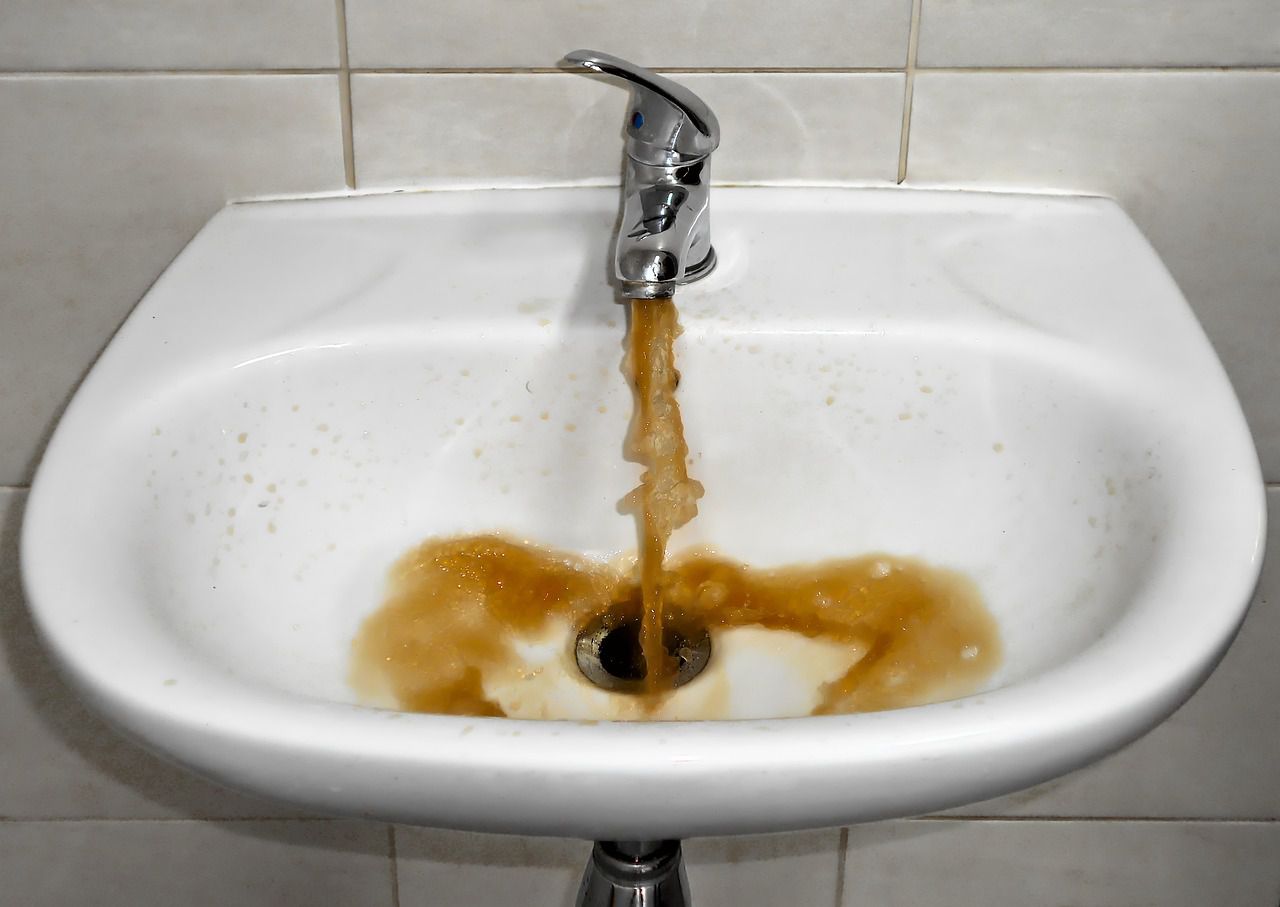Even the smallest details can sometimes make your house look dirty.
The yellow discoloration that sometimes forms around faucets in sinks is typically caused by a combination of factors, including mineral deposits and metal corrosion.
Here's a more detailed explanation.
Hard water deposits
Hard water contains high concentrations of minerals like calcium and magnesium.
When hard water flows through the faucet, some of these minerals can accumulate around the area where water comes into contact with the sink surface.

Over time, these mineral deposits build up and create the yellowish or white crust known as limescale.
Rust and corrosion
Faucets are often made of metal, and prolonged exposure to water and air can cause them to corrode or develop rust.
As the metal corrodes, it can release iron and other rust particles into the water, which then come into contact with the sink surface.
This can contribute to the yellowish or reddish discoloration around the faucet.
Residue from cleaning products
If harsh or acidic cleaning products are used to clean the sink and faucet, they may leave behind residues that can cause discoloration.
Certain chemicals in cleaning products can react with the sink surface or metal, leading to yellow stains.
Organic matter
Sometimes, yellow stains around faucets can be caused by organic matter such as food particles, soap scum, or other contaminants that settle on the sink surface and interact with the metal or sink material.












